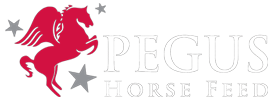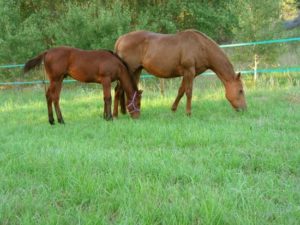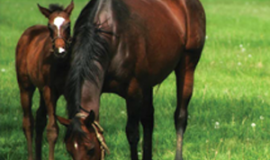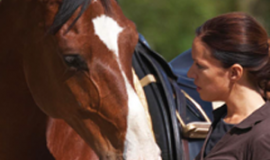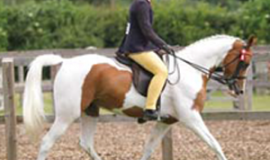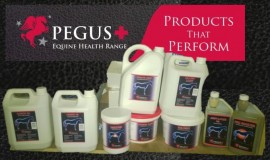When a young horse starts to train we must make sure it receives enough calcium to support the development of its bones. Young horses are commonly put into training after the end of the grazing season. Young trotters and thoroughbreds will usually be around 18 months old when training starts, while riding horses are one year older. After happy days and 24-hour activity in the summer months, very different living conditions await the young horse when it is stabled. This is usually individually and in boxes, with limited access to voluntary activity in paddocks. In addition to the training, which now starts, rations will now consist mainly of roughage and concentrates.
Several studies (see a summary below) show that regular activity is beneficial for the development of strong, healthy bones and joints. Physical activity stimulates the mineralization of bones, as demonstrated by examining bone density with X-ray techniques, mostly using an image of the cannon bone of the front leg.
Minerals in the bones provide the skeleton with the strength to carry the weight of the body. Bone density and strength increase throughout grazing periods where good opportunities for activity are provided. If the young horse is now housed in a stall and only walked or trotted lightly, the mineral content and strength of its bones will decline. The risk then is that the beneficial effects of the grazing period may be lost if appropriate precautions are not taken. Training needs to be organized to provide short, intensive sprints at least twice per week to charge the skeleton. Just walking and slow trotting will not be enough to stimulate mineralization activity in the bone cells.
Bone mineral consists of calcium and phosphorus. These are laid down as calcium-phosphate crystals by the bone cells. Because of the central role played by these nutrients in bone formation it is vital to have sufficient calcium in the diet when we start the systematic training of a young horse.
In roughages such as hay and haylage, the content of calcium can vary quite a lot, usually between 1.5 to 4 grams calculated per kg of dry feed, while alfalfa usually has 2-3 times more calcium and is a very good source of the mineral. Oats, barley, wheat and maize are cereals that contain small amounts of calcium (0.3 to 0.6 grams per kg).
Usually, calcium requirement is twice that for phosphorus. The grains used in horse feed are relatively high in phosphorus (3-5 grams per kg), while, as noted, they contain little calcium. Pasture, hay and haylage contain typically about 2 grams of phosphorus per kg of dry matter, but this will vary. Knowledge of the mineral content of your roughages from a feed analysis is therefore a valuable aid in calculating well balanced rations.
Feed mixes for young horses and horses in training have a typical calcium content of between 8 and 18 grams per kilo. On the feed bag, the content is often given as a percentage, and not as grams per kilo. A calcium content of 1.2 % corresponds to 12 grams of calcium per kilo of feed.
With such calcium-fortified compound feeds (or mineral supplements) it should be easy to formulate rations which are adequate in calcium, even when the roughage used has low calcium content. Phosphorus deficiency in young horses is not often seen, though it can sometimes occur. This is because their diet does usually include some grain, typically as part of a concentrate mix.
Let us take as an example, a yearling, 18 months of age and of a regular large breed (riding horse, trotter or thoroughbred). We need to ensure that this yearling builds strong, dense bones during its critical period of rapid growth and start of training. We must therefore ensure that the daily ration delivers 45 to 50 grams of calcium. If we give 7 kg hay of medium quality, containing 2 grams of calcium per kg, a total of 14 grams of calcium will be provided. We shall now be short of calcium, by about 30 grams, and this shortage must be met either through a concentrate mixture or by giving mineral supplements.
From the example it is obvious that we need to know the calcium content of both the roughage we use (feed analysis!) and the concentrates. The Pegus experts using PC-Horse program calculates calcium requirement from the information you provide about the horse, such as breed, body weight, age and amount of exercise. If you have a feed analysis of the roughage, you can enter its data automatically into the program and greatly improve the accuracy of ration formulation.
Literature: Nielsen BD, Hiney KM, Hoekstra KE, Bell RA and Potter GD (2004). Nutritional and husbandry management of racehorses. In: The Elite Race and Endurance Horse. A. Lindner (ED), pp 66-71.
For more information about on Pegus products or arranging a feed plan and diets
Contact Pegus Horse Feed
www.pegus.ie e-mail info@pegus.ie or free phone ROI 1800-378463 UK 0800 011 4182
